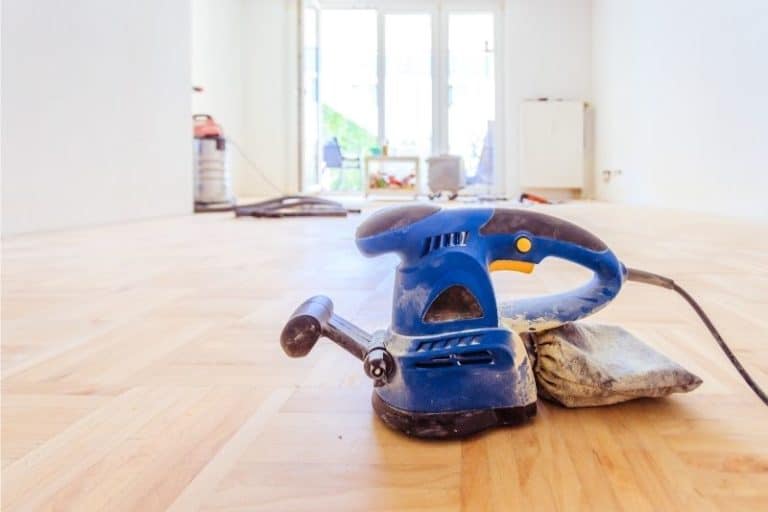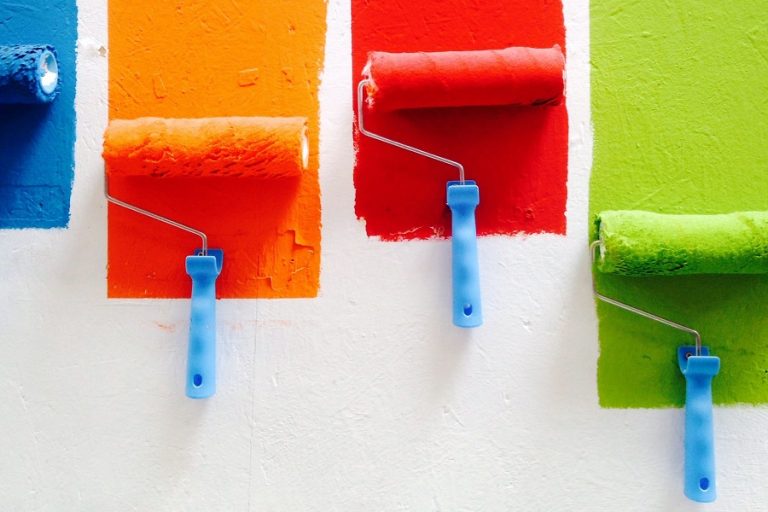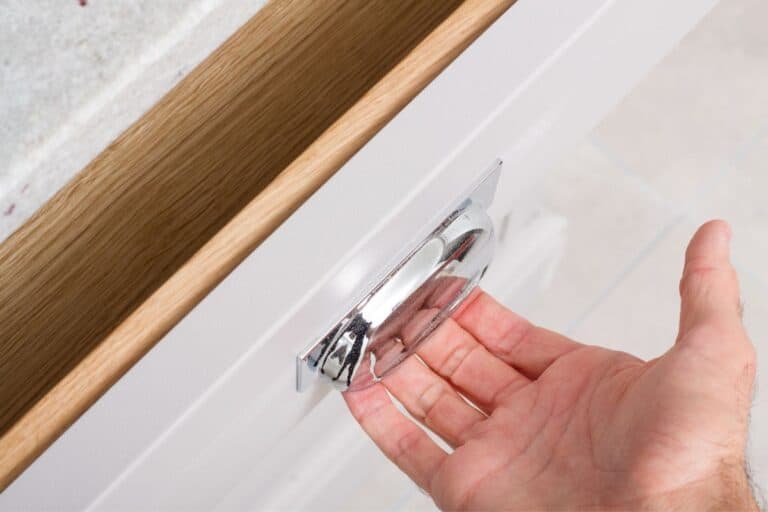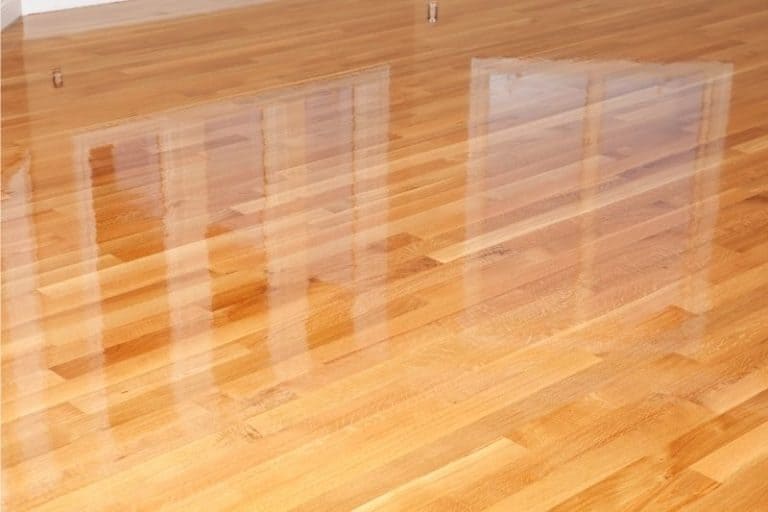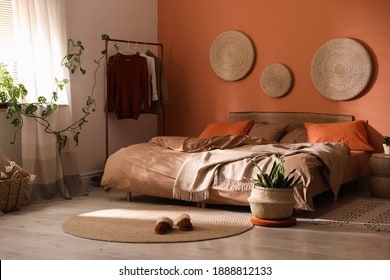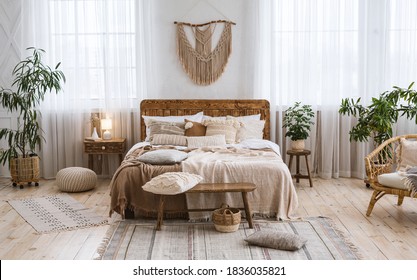Are you exhausted of trying to find the perfect outfit in a disorganized closet? Do you feel overwhelmed by all the clothing and accessories that don’t fit neatly inside your current wardrobe space? Building a wardrobe closet can help bring order back into your life. It doesn’t have to be an overwhelming or expensive endeavor, either! With just some basic supplies and tools, anyone can create their very own custom wardrobe closet without breaking the bank. This article will provide step-by-step instructions on how to build a wardrobe closet that is both functional and stylish. You’ll also learn about different storage solutions for maximizing your available space. So if you’re ready to get organized once and for all, let’s begin!
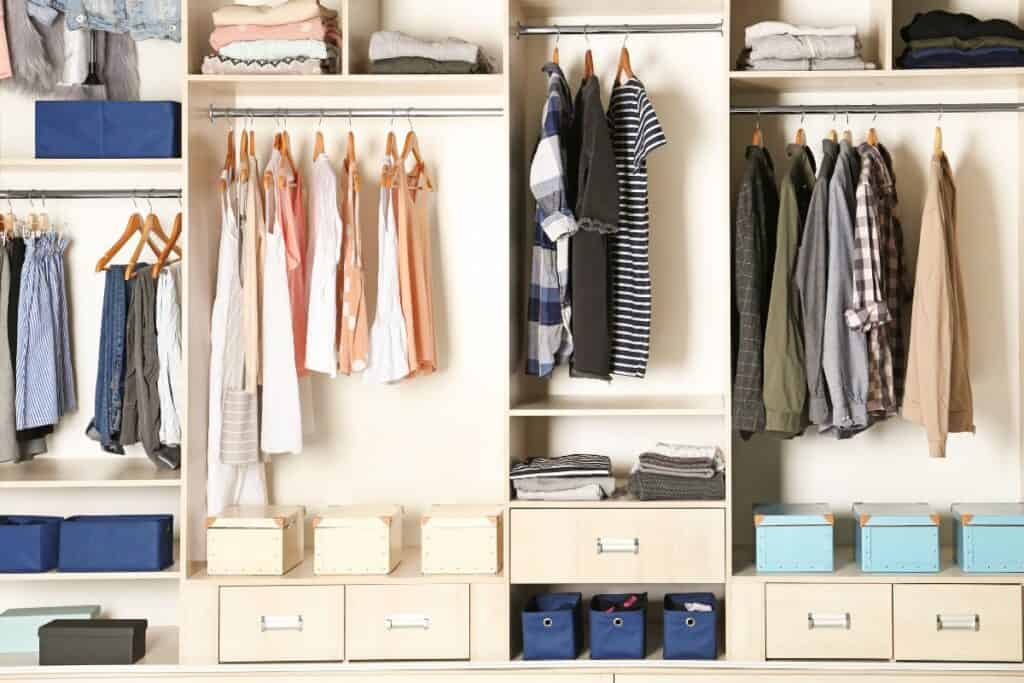
Design Considerations
Designing a wardrobe closet is an exciting project! Before getting started, it’s important to take your time and think through the design planning. Closet layout, organization and accessories should be carefully considered when creating the perfect wardrobe closet for you.
When thinking of a wardrobe closet design, consider what type of clothing items or accessories you will need to store in your closet. Pay attention to how much room you have available for hanging clothes versus folding them into drawers or shelves. Plan out which pieces are best suited for each area based on their size, shape and material. Make sure that all areas can easily be accessed from any angle in the closet space so that nothing gets forgotten about at the back of the closet. When designing a functional wardrobe closet, ensure there is enough storage space for all necessary items with plenty of room left over for future additions too. Additionally, adding some decorative touches such as mirrors or lighting fixtures can help bring extra style and functionality to your new wardrobe closet! With thoughtful planning and creative ideas, you’ll soon have a beautiful custom-made wardrobe ready to store all your favorite items!
Supplies Needed
Building a wardrobe closet requires the right supplies. It’s important to have all the necessary materials on hand before starting this project. Here is a list of items you’ll need for your wardrobe closet:
- Wardrobe storage components, such as shelves and hanging rods
- Closet hardware supplies like screws, nails, and brackets
- Building materials like plywood or MDF boards
- Tools such as saws, drills, screwdrivers, sandpaper and wood glue
Before purchasing any of these supplies make sure that you measure accurately so that everything fits properly when it comes time to assemble the wardrobe closet. Do some research first on what type of material would be best suited for your particular needs. Consider if you want to use natural woods like oak or maple versus man made materials such as particle board. Knowing what kind of tools you’ll need ahead of time can save you time in the long run by not having to order more than once or buy something twice because it was too large or small. Investing in quality products will also give your wardrobe closet longevity and stability over time. Creating a detailed inventory list with accurate measurements will help ensure success in building your new wardrobe closet.
Measuring For The Closet
Now that you have all the supplies needed to build a wardrobe closet, let’s move on to measuring for the closet. To properly measure your space and ensure an optimal fit, it is important to accurately measure both the height, width and depth of the room or area where you will be building your wardrobe closet.
Measuring closet space involves taking into account not only the size of furniture that can fit in the area but also other elements such as doorways, windows and wall outlets. If there are any obstructions like these near where you plan on placing your wardrobe closet, make sure they are taken into consideration while measuring. For instance, if there is a window near your desired spot, add at least four inches onto the overall measurement so that when built, your wardrobe won’t block off natural light from entering through the window.
To get started with getting accurate measurements for constructing your wardrobe closet, begin by finding out how much vertical clearance you need; this means determining what is the tallest piece of clothing you’ll hang in this closet and adding several more inches beyond that for extra headroom. Next take note of how long pieces of clothing typically are for each person who will use this wardrobe to determine what sort of shelf heights will work best. Finally, factor in how deep shelves should be based on items like sweaters or jackets that may require additional storage space than slimmer articles such as blouses or shirts do. With these measurements handy along with knowing how many drawers and doors are necessary for storing personal belongings safely away – you’re ready to start building!
Assembling The Frame
Now it’s time to assemble the frame for your wardrobe closet! Building a sturdy frame is essential for any successful project, and assembling one for your wardrobe shouldn’t take long. Here are the steps you need to follow:
- Gather Materials
- Hardware (screws, connectors)
- Tools (power drill, screwdriver, level)
- Construct Frame
- Measure out dimensions of frame using tape measure
- Cut boards according to measurements taken
- Assemble components with screws and connecters as needed
Once all the pieces have been connected together securely and firmly, you’re ready to move on to installation. Make sure that all connections are secure before moving onto the next step. This will ensure that your frame remains stable throughout its life span. Following these simple yet important steps will guarantee a safe and effective frame assembly process.
Installing The Shelves
Now that you’ve decided on the type of wardrobe closet and purchased the necessary materials, it’s time to start installing the shelves. Installing the shelving requires measuring out where each shelf will go, then securely attaching them to the walls of your closet.
To begin, take measurements along both sides and across the back of your closet in order to determine exactly how big or small your shelves should be. Once you have these measurements, cut pieces of wood according to size using a saw or other cutting tool. You can also purchase pre-cut panels for this step if desired.
Next, use nails or screws to attach each piece of wood into place inside the frame of your closet. Be sure to check for levelness before fully securing each plank in its spot so that everything is even when completed. After that’s done, it’s time to install any drawers you may have bought separately and add additional wall shelving as needed within your space.
It’s important not to rush through this part of building a wardrobe closet; taking precise measurements beforehand can help ensure all components fit together perfectly once installed. With careful planning and attention to detail now, you’ll enjoy years of worry free storage later!
Hanging The Doors
Hanging the doors of your wardrobe closet is a crucial step in building it. It’s important to select appropriately sized doors that fit together properly and align with each other when closed. To guarantee success, you’ll need some special door installation tools and techniques.
Here are three essential tips for hanging the doors of your wardrobe closet:
- Door selection: Carefully measure twice before selecting the perfect-sized wardrobes doors for your space. Make sure they open smoothly without rubbing against one another or nearby walls. Also, consider door material and style options based on how easily they will blend into existing decor.
- Measurement: Take accurate measurements of the opening where the two doors will be installed so you know exactly what size doors to get. This helps ensure they’ll fit perfectly in their spot as well as provide ample clearance between them and any adjacent walls or furniture pieces.
- Installation tools: Having quality door installation tools such as a level, drill bit set, tape measure, screwdriver, jig saw and screws can help make this job much easier. Knowing which ones to use for specific tasks can save time and frustration down the line!
Hanging the doors correctly requires patience and attention to detail but rewards handsomely with a secure setup that adds beauty to your home décor while providing peace of mind about safety from intruders. With these tips at hand, anyone can successfully install new wardrobe closet doors!
Adding Drawers And Pulls
Now that you have your wardrobe closet doors hung, it’s time to add the drawers and pulls. Installing the drawer pulls is a very simple process. First, decide where on the door you want your pull to be placed; most people will install them in each of the four corners. Next, attach one end of the drawer pull with two screws into its designated hole on the door. For added security, use wall anchors if necessary.
Adding wardrobe drawers can also be done quickly and easily. The first step is to measure out how many drawers are needed for both sides of the closet and then cut some wood planks (or MDF) to create each individual drawer box. Once all of these pieces have been assembled together using glue and nails, secure them into place within the wardrobe closet frame by screwing them directly into studs or pre-drilled holes from earlier. Lastly, take any type of drawer pulls you like and install them onto each side of every drawer so they can open smoothly without sticking or getting stuck inside their tracks. With this final step complete, your new wardrobe closet should now be fully functional!
Finishing Touches
Once you have the basic wardrobe closet structure in place, it’s time to add some finishing touches. These details can turn your storage space into a luxurious and stylish area that is both functional and aesthetically pleasing.
Decorative baskets are an easy way to spruce up any closet shelf or wall. They provide extra storage for small items like jewelry, ties, hats, gloves and scarves. Wall hooks also come in handy for hanging jackets, coats and other outerwear. Closet lighting makes it easier to find what you need fast while pull-out hampers keep dirty clothes out of sight. Lastly, don’t forget shoe racks; they keep shoes neatly organized and off the floor.
No matter how large or small your storage needs may be, with these additional features you can easily create a custom wardrobe closet that suits all of your requirements as well as complements your existing decor!
Organizing Your Closet
Organizing your wardrobe closet is essential for creating order in your home. A little bit of planning and the right tools can go a long way towards simplifying your life! To start, decide what items you want to store in your wardrobe closet—clothes, shoes, accessories, etc.—so that you know what kind of organization system you need. Then take measurements of the space so you have an idea of how much storage capacity it has.
Once you’ve identified what needs to be stored and know the constraints of the space, you can determine which wardrobe organization systems will work best for you. Consider closet organization tips like using boxes or baskets on shelves to create separate areas for different types of clothes and accessories, using rods or hooks to hang clothing up high, or adding extra shelving if there’s enough room for them. You could also utilize clever closet hacks like hanging multiple hangers from one hook or using dividers in drawers to maximize every inch of usable space.
No matter what approach you choose when organizing your wardrobe closet, remember that it should reflect your lifestyle and provide easy access to everything inside it. With careful consideration and creative solutions, soon all those clothes and accessories will be tidied away into their own neat compartments – giving you more time and peace of mind!
Maintaining Your Wardrobe Closet
Maintaining your wardrobe closet is essential for keeping it looking its best. Regular cleaning and organizing will help to keep everything neat and tidy, allowing you to easily find what you need when getting dressed. When it comes to closet cleaning, start by removing all items from the shelves and drawers as well as any clothing that may have been left hanging in the closet. Vacuum out dust or cobwebs, then wipe down surfaces with a damp cloth before replacing items neatly onto their designated shelf or hanger space.
Organizing your wardrobe should be done on an ongoing basis. Investing in good quality fabric care products such as moth balls or lavender sachets can help protect against damage caused by moths or other insects. To make sure everything fits properly in your closet, use sturdy storage boxes for smaller items such as scarves or belts. If necessary, move clothing around so there is enough room for new pieces of clothing when they’re purchased; this will ensure no item gets overlooked due to overcrowding! With proper maintenance and organization, your wardrobe closet will remain clutter-free while also helping you stay stylishly organized at all times.
Conclusion
In conclusion, building a wardrobe closet is an achievable goal for anyone who has some basic carpentry skills and the right tools. With careful planning, you can create a space that meets all of your needs, from extra storage to organizing your clothing in an orderly fashion. Once it’s built, don’t forget to take care of it! Regular maintenance will help keep your closet looking its best year after year.
I hope this article gave you the confidence to start building the perfect wardrobe closet for yourself or someone else. It may seem intimidating at first, but with patience and preparation, you’ll be able to complete the project successfully. Plus, when it’s finished, you’ll have something beautiful and functional that will last for years – not to mention a great sense of accomplishment!
Good luck on creating your own wardrobe closet – I’m sure it will turn out amazing!

